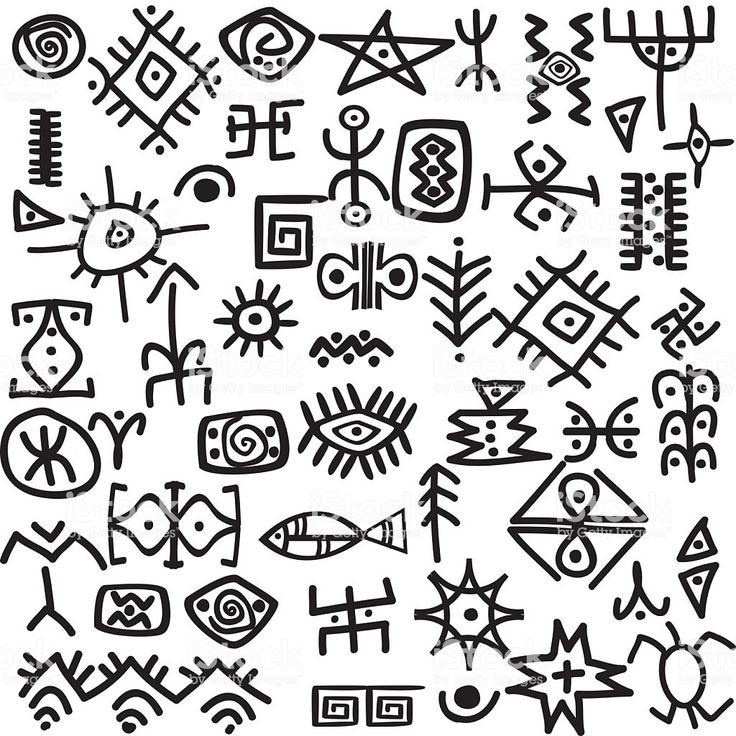
Nsibidi is an ancient writing system developed by the Ekpe society in southeastern Nigeria, primarily among the Igbo, Efik, and Ibibio people. It is unique among African scripts for its ideographic and pictographic nature, and it has a rich history intertwined with the cultural and social practices of the region.
The exact origins of Nsibidi are unclear, with some estimates suggesting it dates back to at least 400 CE, while others believe it could be much older. It was traditionally used for various purposes, including communication, recording laws, and documenting rituals and ceremonies.
Nsibidi comprises ideographic and pictographic symbols, which represent ideas, actions, objects, and abstract concepts. The script includes thousands of symbols, though not all are widely known or used. Some symbols are simple and straightforward, while others are complex and abstract.
Nsibidi symbols are often drawn on various surfaces, including walls, leaves, pottery, and textiles.
They can be combined to convey more complex messages or narratives.
The script played a significant role in documenting laws, treaties, and court proceedings within the community. Symbols were used to record decisions and agreements, providing a form of legal documentation.
Colonialism and the introduction of Western education led to the decline of Nsibidi, as it was replaced by the Latin alphabet.


